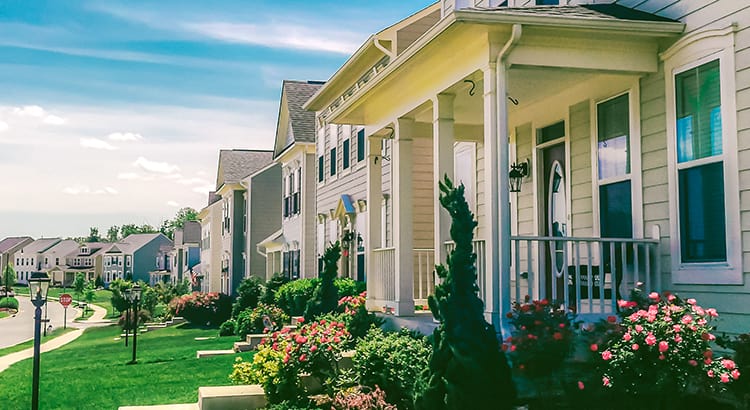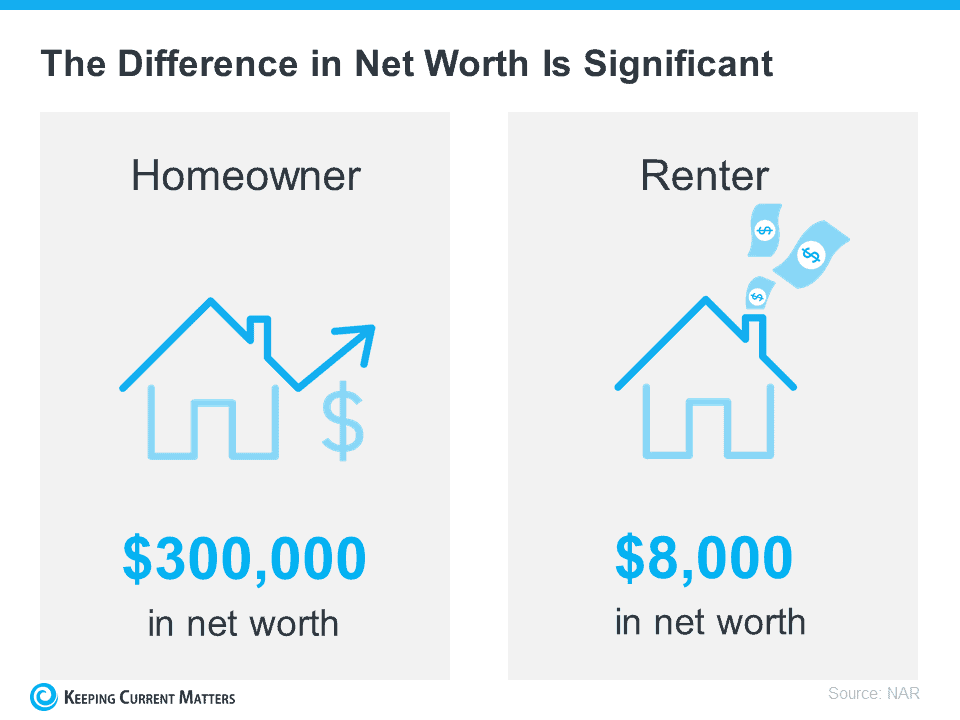Options for First-time home buyers
 Options for first-time home buyers reduce the cost of homeownership, including loans with low down payments and financing for fixer-uppers.
Options for first-time home buyers reduce the cost of homeownership, including loans with low down payments and financing for fixer-uppers.
Becoming a homeowner can be a financially intimidating process, but there are several options from lenders and government sources designed to smooth the way. Qualified home buyers can secure loans with low down-payment minimums and participate in local buyer assistance programs. Some may even finance fixer-uppers that require more work but cost less upfront.
While a larger down payment (or even an all-cash offer) can make you a more competitive buyer, the conventional advice of saving 20% of the home’s value for a down payment is not a hard-and-fast rule. This is especially true if you qualify for a government-backed loan, meaning that you may be closer to a sufficient down payment than you think.
First-time home buyer loans and programs
Here are six first-time home buyer loans and programs that are worth exploring.
-
FHA loans are insured mortgages that require just 3.5% down.
-
VA loans are no-down-payment loans for borrowers with a military connection.
-
USDA loans offer financing on rural properties with 0% down.
-
Fannie Mae and Freddie Mac back conventional loans with just 3% down.
-
State first-time home buyer programs offer assistance programs tailored to the borrower’s location.
-
Home renovation loans allow you to buy a home and remodel it with one loan.
FHA loans
Loans backed by the Federal Housing Administration require just 3.5% down, making them a popular choice among first-time home buyers. According to the most recent federal data, nearly 73% of FHA borrowers put down less than 10% for loans originated in October and November 2021. However, if your credit score is under 580, you would be required to put 10% down. Loan limits will vary depending on where you live, with maximums ranging from $420,860 to $970,800 for 2022.
While you can technically qualify for an FHA loan with a credit score in the 500s, approved borrowers tend to have much higher scores. From January to November 2021, the average FHA borrower had a credit score of 678, according to data from ICE Mortgage Technology.
FHA loans also require mortgage insurance. This protects the lender’s stake in the loan if you default. Borrowers can pay an upfront premium as part of their closing costs and an ongoing premium as part of each monthly mortgage payment.
» MORE: Find the best FHA lender for you
VA loans
The Department of Veterans Affairs helps service members, veterans and surviving spouses buy homes. VA loans are especially generous, often requiring no down payment or mortgage insurance. They also allow borrowers to have higher debt-to-income ratios — and qualify for larger mortgages — than some other loan programs.
While the VA itself doesn’t set credit or income requirements, individual VA lenders will have their own criteria. According to data from ICE Mortgage Technology, the average credit score of VA borrowers was 722 from January to November 2021.
The standard VA loan limit is $647,200 for 2022, though high-cost areas can have limits as high as $970,800.
» MORE: Find the best VA lender for you
USDA loans
This one may surprise you. The U.S. Department of Agriculture has a home buyers’ assistance program. And no, you don’t have to live on a farm to get a USDA loan. The program targets rural and some suburban areas and allows 100% financing by offering lenders mortgage guarantees.
There are income limitations, which vary by region. For households with fewer than five members, the standard income limit is $91,900 for 2022. For households with five to eight members, this limit grows to $121,300.
Fannie Mae and Freddie Mac
Fannie Mae and Freddie Mac are the engines behind the home loan machine, working with local mortgage lenders to offer a range of conventional loan products — some requiring very low down payments.
Fannie Mae’s HomeReady loan, for example, is designed for low-income borrowers with credit scores of 620 or higher (and preferably 680 or higher) and requires only 3% down. One advantage of this kind of loan is that borrowers could qualify to end their mortgage insurance once they’ve built up 20% equity in their home — unlike with FHA loans, where borrowers can cancel their mortgage insurance after 11 years only if they originally put 10% down.
Freddie Mac’s Home Possible loan is another product with a minimum down payment of just 3%. The loan is intended to serve “first-time home buyers, move-up borrowers and retirees,” and borrowers can apply sweat equity or funds from gifts, grants or loans toward the down payment and closing costs.
State first-time home buyer programs
In addition to these national programs, many state and local governments offer assistance to home buyers. Browse NerdWallet's list of state first-time home buyer programs to learn more.
Home renovation loan programs
Here are a few programs that allow you to get more for your homebuying dollar.
-
The Energy Efficient Mortgage program extends your borrowing power when you buy a home with energy-saving improvements or upgrade a home’s green features. If you qualify for a home loan, you can add the EEM benefit to your regular mortgage. It doesn’t require a new appraisal or affect the amount of your down payment. The program simply allows your lender the flexibility to extend loan limits for energy efficiency improvements.
-
FHA 203(k) loans are designed for buyers who want to tackle a fixer-upper. This special FHA-backed loan considers what the value of the property will be after improvements and allows you to borrow the funds to complete the project as part of your main mortgage.
-
The CHOICERenovation loan is a conventional loan program through Freddie Mac that allows you to finance both the purchase of a home and the cost of improvements, too, with low down payments.
-
HomeStyle from Fannie Mae is another conventional loan option for purchase-and-remodel projects. A 3% down payment is available to first-time home buyers.
» MORE: Use our mortgage calculator to find out your monthly mortgage payment.
We’ve listed six resources available to you as a first-time home buyer. Now, you can reflect on your own needs as a borrower when considering your options. Some loans and programs are a better fit for home buyers with low credit scores, for example, while others are tailored specifically for buyers in your area. If you qualify for one of these programs or products, they can help you get a home without draining your savings for a down payment, can assist you in navigating additional costs like mortgage insurance and can keep your payments low.
It's also important to have a real estate agent who understands your specific needs. Choose an agent who has experience with the loan product you've picked; they can craft your offer and show the seller you're a well-qualified buyer.





